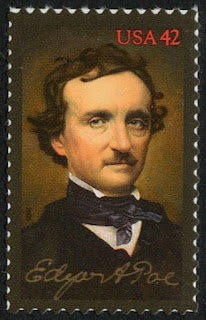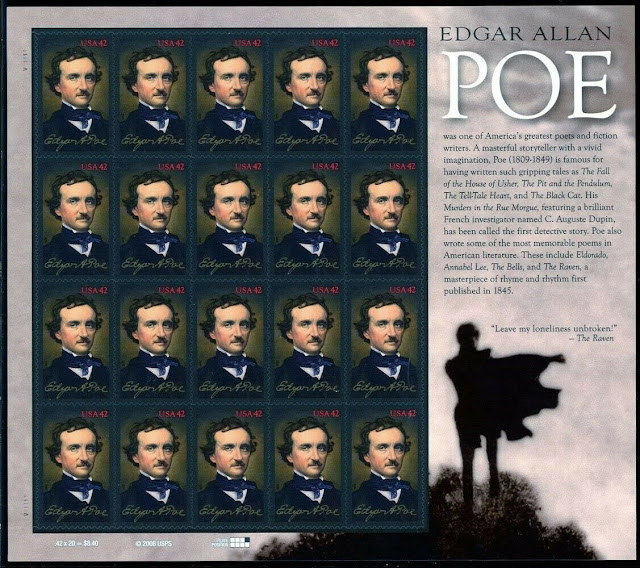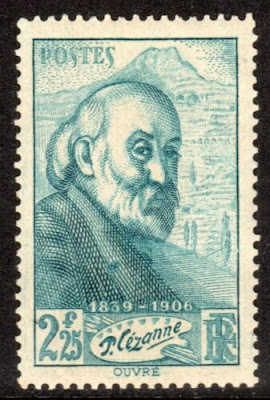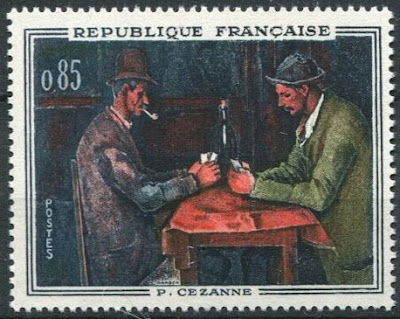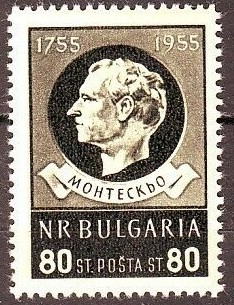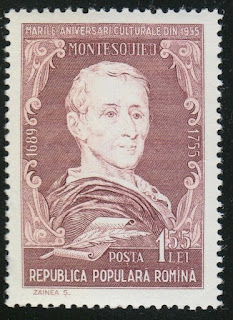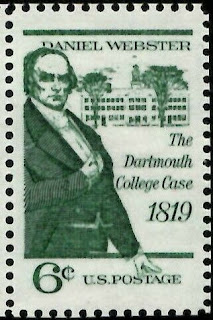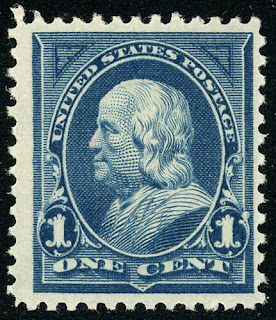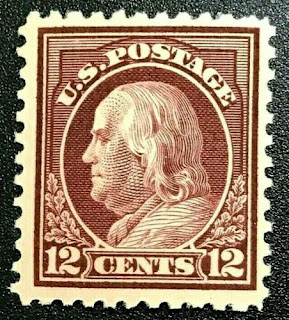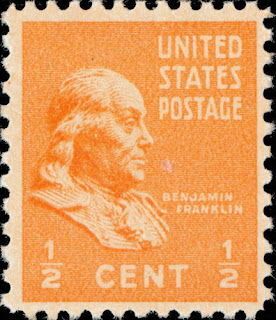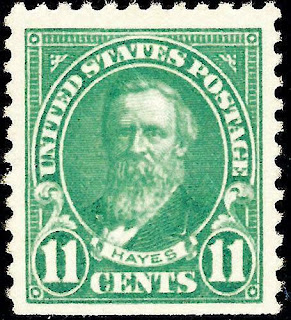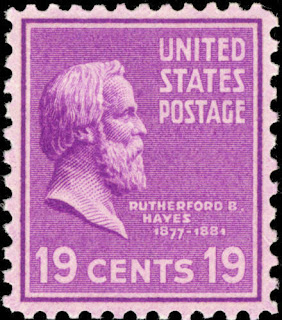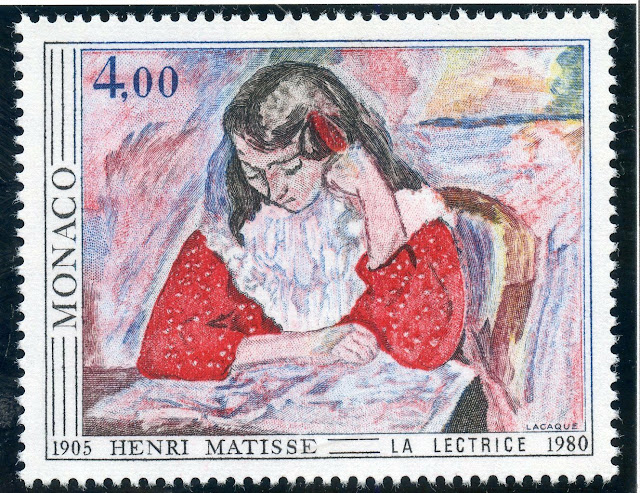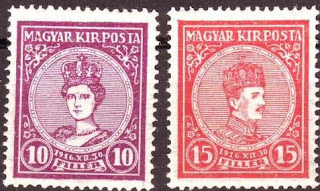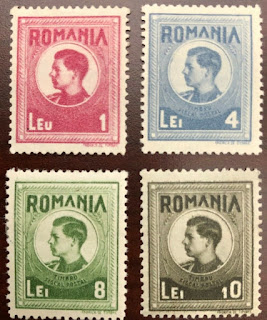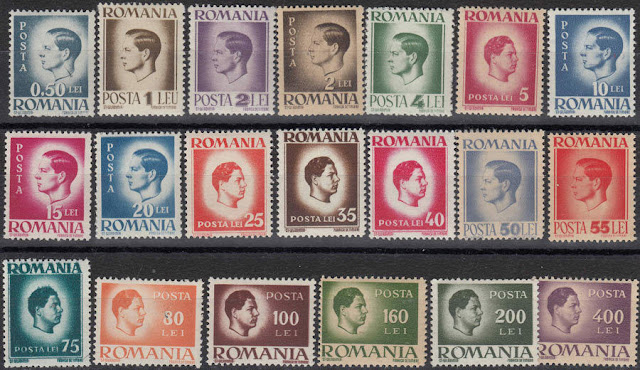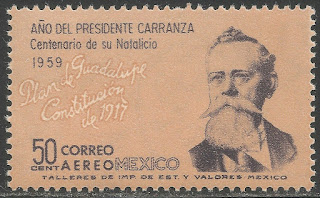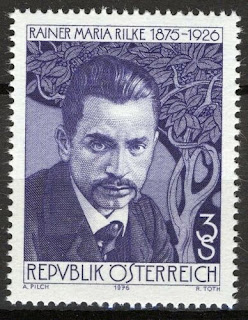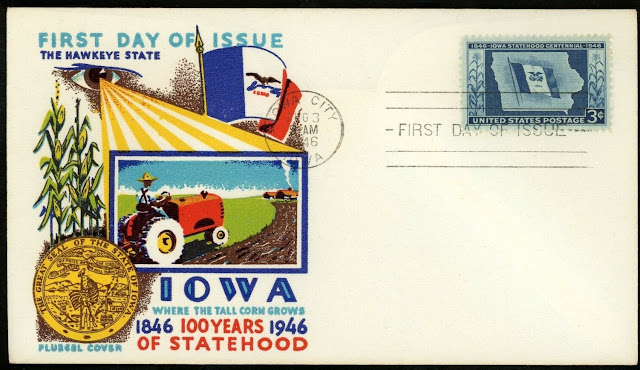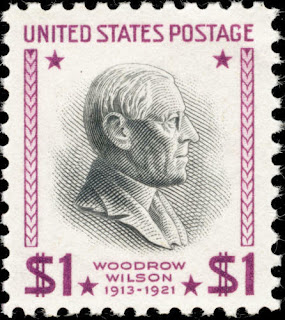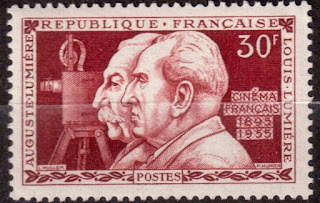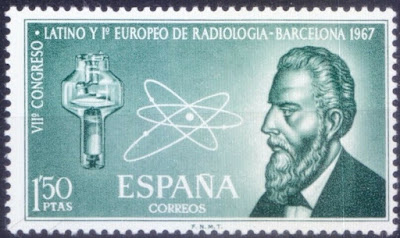Here are some events that happened on January 19th. It could be an event or a person that died or was born on that day
1809 Born: Edgar Allan Poe, American short story writer, poet, and critic (d. 1849)
Edgar Allan Poe (January 19, 1809 – October 7, 1849) was an American writer, poet, editor, and literary critic. Poe is best known for his poetry and short stories, particularly his tales of mystery and the macabre. He is widely regarded as a central figure of Romanticism in the United States and of American literature as a whole, and he was one of the country's earliest practitioners of the short story. He is also generally considered the inventor of the detective fiction genre and is further credited with contributing to the emerging genre of science fiction. Poe was the first well-known American writer to earn a living through writing alone, resulting in a financially difficult life and career.
Poe was born in Boston, the second child of actors David and Elizabeth "Eliza" Poe. His father abandoned the family in 1810, and his mother died the following year. Thus orphaned, Poe was taken in by John and Frances Allan of Richmond, Virginia. They never formally adopted him, but he was with them well into young adulthood. Tension developed later as Poe and John Allan repeatedly clashed over Poe's debts, including those incurred by gambling, and the cost of Poe's education. Poe attended the University of Virginia but left after a year due to lack of money. He quarreled with Allan over the funds for his education and enlisted in the United States Army in 1827 under an assumed name. It was at this time that his publishing career began with the anonymous collection Tamerlane and Other Poems (1827), credited only to "a Bostonian". Poe and Allan reached a temporary rapprochement after the death of Allan's wife in 1829. Poe later failed as an officer cadet at West Point, declaring a firm wish to be a poet and writer, and he ultimately parted ways with Allan.
Poe switched his focus to prose and spent the next several years working for literary journals and periodicals, becoming known for his own style of literary criticism. His work forced him to move among several cities, including Baltimore, Philadelphia, and New York City. He married his 13-year-old cousin, Virginia Clemm, in 1836, but Virginia died of tuberculosis in 1847. In January 1845, Poe published his poem "The Raven" to instant success. He planned for years to produce his own journal The Penn (later renamed The Stylus), but before it could be produced, he died in Baltimore on October 7, 1849, at age 40. The cause of his death is unknown and has been variously attributed to disease, alcoholism, substance abuse, suicide, and other causes.
Poe and his works influenced literature around the world, as well as specialized fields such as cosmology and cryptography. He and his work appear throughout popular culture in literature, music, films, and television. A number of his homes are dedicated museums today. The Mystery Writers of America present an annual award known as the Edgar Award for distinguished work in the mystery genre.
US stamps depicting Edgar Allan Poe
1839 Born: Paul Cézanne, French painter (d. 1906)
Paul Cézanne (19 January 1839 – 22 October 1906) was a French artist and Post-Impressionist painter whose work laid the foundations of the transition from the 19th-century conception of artistic endeavor to a new and radically different world of art in the 20th century.
Cézanne is said to have formed the bridge between late 19th-century Impressionism and the early 20th century's new line of artistic enquiry, Cubism. Cézanne's often repetitive, exploratory brushstrokes are highly characteristic and clearly recognizable. He used planes of colour and small brushstrokes that build up to form complex fields. The paintings convey Cézanne's intense study of his subjects. Both Matisse and Picasso are said to have remarked that Cézanne "is the father of us all".
Cézanne's works were rejected numerous times by the official Salon in Paris and ridiculed by art critics when exhibited with the Impressionists. Yet during his lifetime Cézanne was considered a master by younger artists who visited his studio in Aix.
Along with the work of Vincent van Gogh and Paul Gauguin, the work of Cézanne, with its sense of immediacy and incompletion, critically influenced Matisse and others prior to Fauvism and Expressionism. After Cézanne died in 1906, his paintings were exhibited in a large museum-like retrospective in Paris, September 1907. The 1907 Cézanne retrospective at the Salon d'Automne greatly affected the direction that the avant-garde in Paris took, lending credence to his position as one of the most influential artists of the 19th century and to the advent of Cubism.
Inspired by Cézanne, Albert Gleizes and Jean Metzinger wrote:
Cézanne is one of the greatest of those who changed the course of art history . . . From him we have learned that to alter the coloring of an object is to alter its structure. His work proves without doubt that painting is not—or not any longer—the art of imitating an object by lines and colors, but of giving plastic form to our nature. (Du "Cubisme", 1912)
Ernest Hemingway compared his writing to Cézanne’s landscapes. As he describes in A Moveable Feast, I was "learning something from the painting of Cezanne that made writing simple true sentences far from enough to make the stories have the dimensions that I was trying to put in them."
Cézanne's explorations of geometric simplification and optical phenomena inspired Picasso, Braque, Metzinger, Gleizes, Gris and others to experiment with ever more complex views of the same subject and eventually to the fracturing of form. Cézanne thus sparked one of the most revolutionary areas of artistic enquiry of the 20th century, one which was to affect profoundly the development of modern art. Picasso referred to Cézanne as "the father of us all" and claimed him as "my one and only master!" Other painters such as Edgar Degas, Pierre-Auguste Renoir, Paul Gauguin, Kasimir Malevich, Georges Rouault, Paul Klee, and Henri Matisse acknowledged Cézanne's genius.
Cézanne's painting The Boy in the Red Vest was stolen from a Swiss museum in 2008. It was recovered in a Serbian police raid in 2012.
Stamps from France depicting Paul Cézanne or his works
1943 Born: Princess Margriet of the Netherlands
Princess Margriet of the Netherlands (Margriet Francisca; born 19 January 1943) is the third daughter of Queen Juliana and Prince Bernhard. As an aunt of the reigning monarch, King Willem-Alexander, she is a member of the Dutch Royal House and currently eighth and last in the line of succession to the throne.
Princess Margriet has often represented the monarch at official or semi-official events. Some of these functions have taken her back to Canada, the country where she was born de facto, and to events organised by the Dutch merchant navy of which she is a patron.
Dutch stamps depicting princess Margriet

